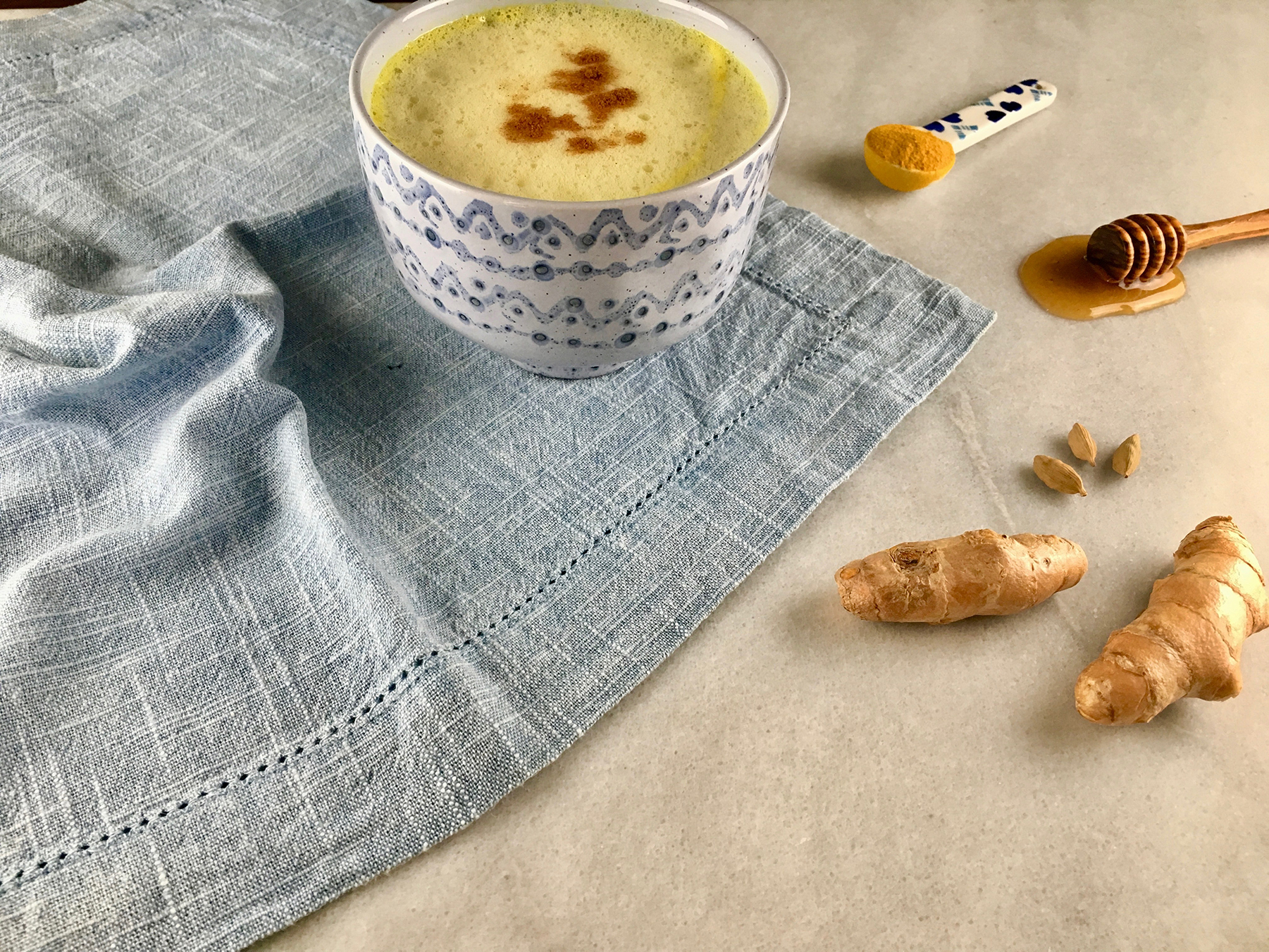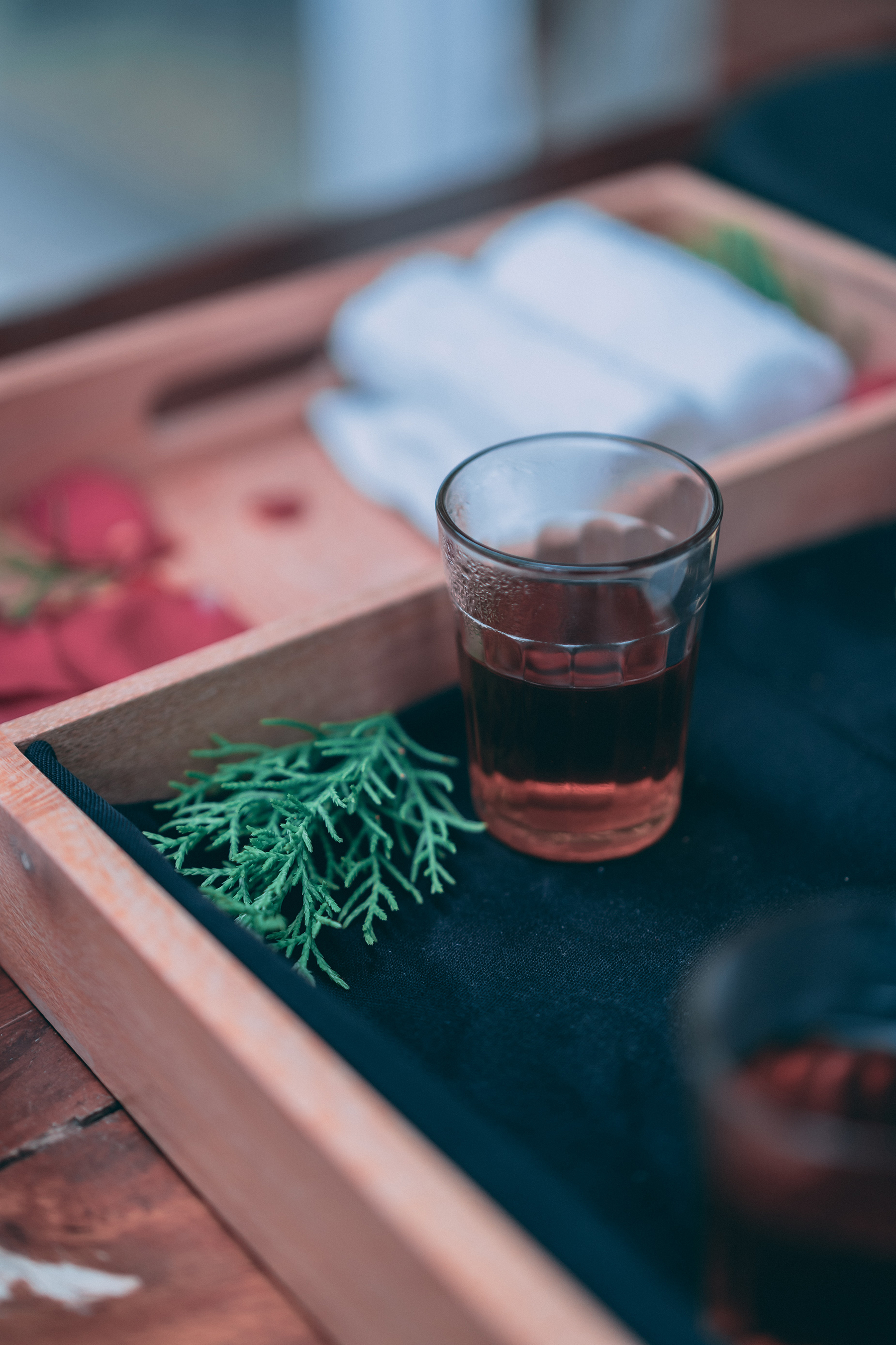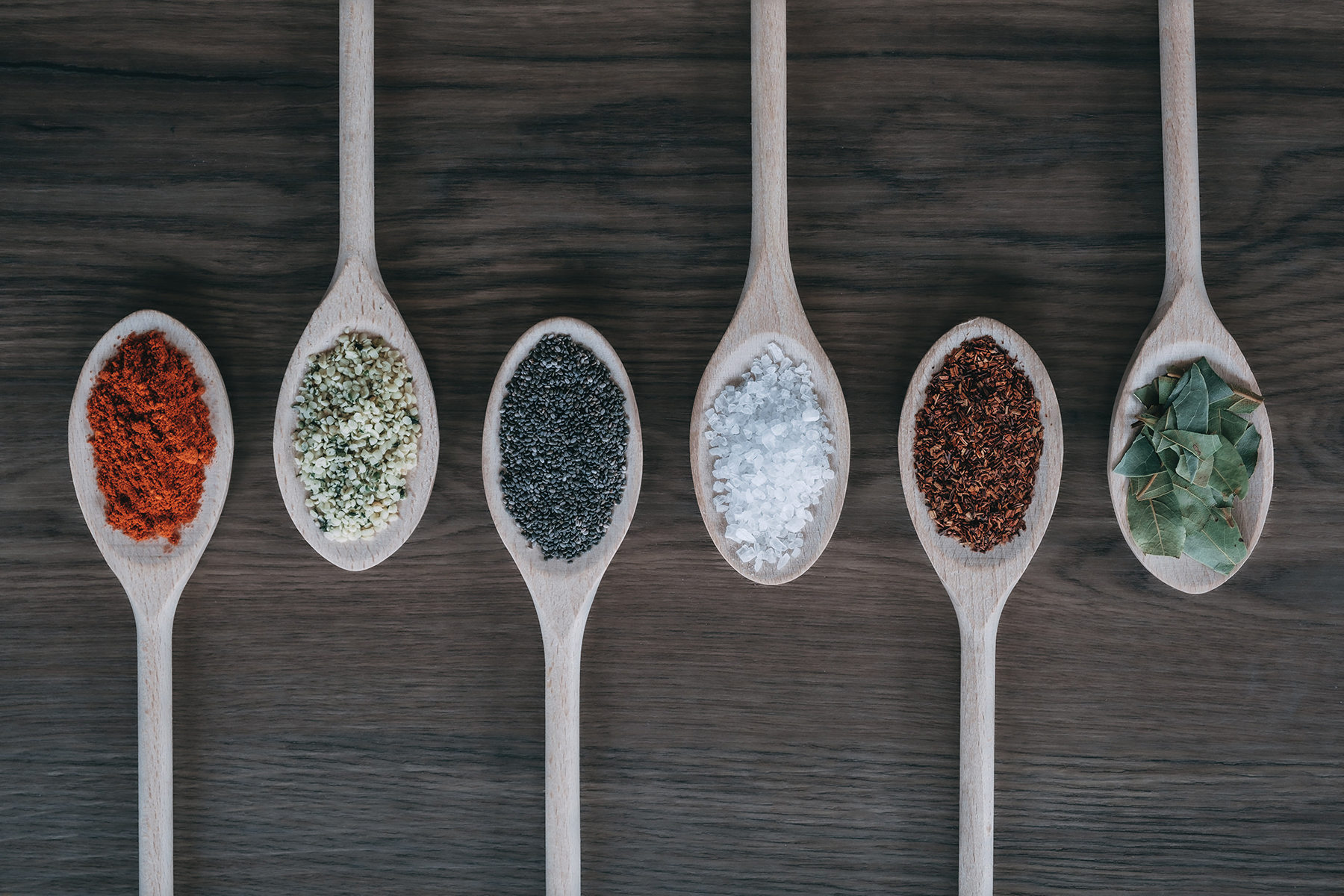How to Use Cistanche Tubulosa in Elixirs and Formulas
Mastering the Art of Tonics and Elixirs with Cistanche tubulosa
Many popular tonic herbs, particularly adaptogens and adaptogenic formulas like Ginseng, Rhodiola, and Ashwagandha, may inadvertently contribute to feelings of depletion due to their stimulatory effects. While these herbs can offer an immediate boost in energy, their stimulating nature can exacerbate an already overstimulated and fatigued lifestyle, potentially worsening underlying conditions over time instead of providing genuine restoration.

Cistanche tubulosa contains active compounds such as echinacoside and acteoside, which have been shown to enhance immune function, improve sexual health, and support cognitive function. These compounds contribute to its tonic effects, promoting overall vitality and resilience.
Cistanche tubulosa has a long history of use in Chinese medicine, dating back to the Tang Dynasty (618-907 AD). Traditionally, it was used to treat conditions such as impotence, infertility, and chronic fatigue. Its application has evolved over time, but it remains a staple in formulations aimed at nourishing and revitalizing the body's core energy reserves.
At RAW Forest Foods, we use the Latin botanical name, Cistanche tubulosa, to refer to this powerful herb. In Chinese medicine, it is known as Ròu Cōng Róng (肉苁蓉), which translates to "Unhurried," reflecting Cistanche's gentle yet effective tonic effects. This approach can be especially beneficial for those suffering from chronic overstimulation. Another name for Cistanche is "Desert Ginseng," highlighting its strong tonic and adaptogenic qualities.
To learn more about the benefits of Cistanche tubulosa, please visit our Cistanche tubulosa herbal monograph and the Lost Desert Oasis Cistanche tubulosa product page .
The Home Herbalist: Cistanche Combinations and Formulas
In Western herbalism, herbs are often used as simples or blends. Simples are single herbs taken in isolation to address a specific condition, while blends combine herbs with similar properties, often with a more-is-better approach. These are commonly found through major herb companies and health food stores.
In contrast, Chinese herbalism rarely uses simples. Instead, it employs formulas that treat the complexity of a condition by combining herbs with different actions. For example, a formula to strengthen immunity might include one herb to boost the immune system, alongside others that expel illness and treat underlying conditions like Heat or Dampness.
While creating your own formulas at home may seem daunting, it can be a rewarding and beneficial practice. Cistanche tubulosa is particularly well-suited for combinations and formulations due to its balanced nature. Below, we outline some easy home combinations and clinical and classic Cistanche tubulosa formulas.

Formula 1: Cistanche tubulosa with Fo-Ti (He Shou Wu) and Goji Berry
Ingredients:
- Cistanche tubulosa: 1 gram powdered extract
- He Shou Wu (何首乌, Polygonum multiflorum): 1 gram powdered extract
- Goji Berry (枸杞子, Gou Qi Zi, Lycium barbarum): 10 grams dried berries or 1 gram extract powder
Directions:
Combine powdered extracts and add to warm water to drink as a tea. Alternatively, boil the whole herbs in water, reduce the liquid by two-thirds, and drink within one day.
Benefits:
This formula invigorates the kidneys (Shèn), strengthens Yang, replenishes essence (Jīng), and enriches the blood (Xuè).
Formula 2: Cistanche tubulosa and Goji Berry Wine
Ingredients:
- Cistanche tubulosa: 10 grams powdered extract
- Goji Berry (枸杞子, Gou Qi Zi, Lycium barbarum): 50 grams dried berries or 5 grams powdered extract
- Wine: 17 ounces
Directions:
Add powdered extracts to the wine. If using whole herbs or berries, wash them and put them into the wine. Soak for one month, then filter or strain. Drink the wine in one to two-ounce servings. Refrigerate the remaining wine as the alcohol content may not be sufficient to act as a preservative.
Benefits:
This wine tonifies the liver (Gān) and kidneys (Shèn), nourishes essence (Jīng), and enriches the blood (Xuè).
Formula 3: Honey Infused with Cistanche tubulosa
Ingredients:
- Cistanche tubulosa: 1 gram extract
- Honey: enough to combine well
Directions:
Mix the powdered extract with honey to make a paste. Let it sit for two weeks before using. Use a teaspoon at a time.
Benefits:
This infusion can relieve dry stools or constipation, especially in the elderly, by moistening the intestines (润肠, Rùn Cháng) and promoting bowel movement (通便, Tōng Biàn).
Clinical and Classic Cistanche tubulosa Formulas

Note: The following formulas are provided for reference and illustrate the long history of using Cistanche in traditional Chinese medicine. Always conduct your own research and consult a professional before trying these formulas, as some may contain potentially dangerous ingredients.
Formula 4: Rou Cong Rong Wan (肉苁蓉丸)
Ingredients:
- Cistanche tubulosa (肉苁蓉)
- Tu Si Zi (菟丝子, Cuscuta chinensis)
- Xu Duan (续断, Dipsacus asperoides)
- Du Zhong (杜仲, Eucommia ulmoides)
Benefits:
Treats weakness, impotence, and incomplete urination by tonifying the Kidneys (Shèn) and strengthening the Yang. It also benefits the sinews and bones, harmonizing the Kidney and Liver (Gān).
Formula 5: Jin Gang Wan (金刚丸)
Ingredients:
- Cistanche tubulosa (肉苁蓉)
- Du Zhong (杜仲, Eucommia ulmoides)
- Ba Ji Tian (巴戟天, Morinda officinalis)
- Zi He Che (紫河车, Placenta Hominis)
Benefits:
Treats impotence caused by Kidney (Shèn) deficiency by tonifying the Kidneys, strengthening Yang, and replenishing essence (Jīng). This formula also supports the Liver (Gān) and vitalizes blood (Xuè).
Formula 6: Ren Chang Wan (润肠丸)
Ingredients:
- Cistanche tubulosa (肉苁蓉)
- Chen Xiang (沉香, Aquilaria sinensis)
- Huo Ma Ren (火麻仁, Cannabis sativa)
Benefits:
Relieves constipation caused by excessive sweating and loss of body fluids by moistening the intestines, promoting bowel movement, and replenishing body fluids (Jīn-Yè).
Formula 7: Ji Chuan Jian (济川煎)
Ingredients:
- Cistanche tubulosa (肉苁蓉)
- Dang Gui (当归, Angelica sinensis)
- Huai Niu Xi (怀牛膝, Achyranthes bidentata)
- Ze Xie (泽泻, Alisma orientale)
Benefits:
Treats Kidney (Shèn) Qi deficiency, constipation, frequent urination, waist soreness, and back chill by warming and tonifying the Kidneys, nourishing the blood (Xuè), and promoting the movement of Qi.
Formula 8: Rou Cong Rong Wine (肉苁蓉酒).
Ingredients:
- Cistanche tubulosa (肉苁蓉)
- Wine
Benefits:
Treats lower energizer asthenic diseases, abdominal pain, and lack of appetite by warming and tonifying the Kidneys (Shèn), invigorating Yang, and promoting the circulation of blood (Xuè).
Formula 9: Rou Cong Rong Combined Formula
Ingredients:
- Cistanche tubulosa (肉苁蓉)
- She Chuang Zi (蛇床子, Cnidium monnieri) (For topical use only)
- Yuan Zhi (远志, Polygala tenuifolia)
- Wu Wei Zi (五味子, Schisandra chinensis)
- Fu Zi (附子, Aconitum carmichaeli)
Benefits:
Heals asthenic disease, warms the lower jiao, benefits essence (Jīng), and relieves back and knee pain by tonifying the Kidneys (Shèn), strengthening Yang, and expelling Cold (Hán).
Final Thoughts
Unlike many popular tonic herbs and adaptogens that can deplete energy due to their stimulatory effects, Cistanche tubulosa offers a deeper, more sustainable approach. Its benefits, though slower to manifest, are profound and long-lasting.
In Chinese medicine, Cistanche tubulosa is revered as a Kidney (Shèn) and Jing (Jīng) tonic, essential for building and restoring the body's deeper reserves of energy (Qì). At RAW Forest Foods, we honor this exceptional herb for its capacity to provide genuine, enduring vitality. Experience the transformative potential of Cistanche tubulosa with us and embrace a holistic path to health and wellness.
Site Disclaimers
General Guidence
The content on this site is provided for educational and informational purposes only and should not be construed as medical advice. Always consult a qualified healthcare provider before making changes to your diet, lifestyle, or health regimen, particularly if you are pregnant or nursing, under the age of 18, managing allergies or known sensitivities, or living with any medical conditions.
At RAW Forest Foods, your safety is our priority. Please note that our products are dietary supplements, not medications. The following disclaimer applies:
* These statements have not been evaluated by the Food and Drug Administration. These products are not intended to diagnose, treat, cure, or prevent any disease.
Ingredient Transparency and Allergen Awareness
We are committed to providing transparent ingredient information to help you make informed decisions. If you have or suspect you have allergies to any of our ingredients, we strongly advise against using our products, as allergic reactions can be severe.
Interaction with Medications
If you are taking any medications, consult with your healthcare provider before using supplements. Certain supplements may interact with medications, potentially altering their effectiveness or causing unwanted effects.
For more details, please review our full Terms and Conditions.





